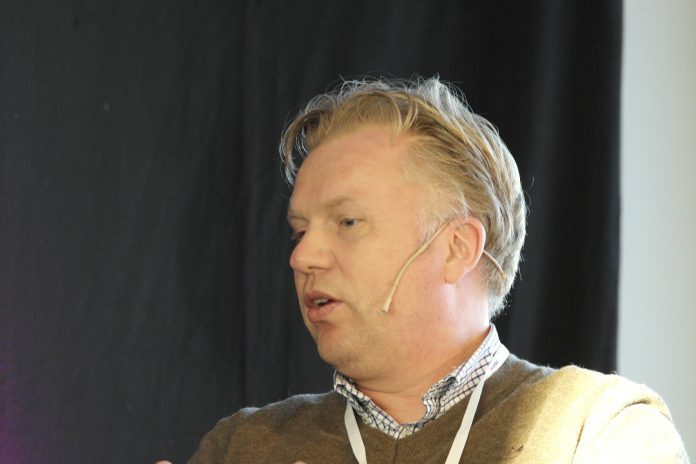IBM’s Watson has been put to work to solve the lice problem. But, what is Watson, actually?
First and foremost, it’s a set of technologies that can learn and capture knowledge in a little system. Algorithms trained by IBMs researchers have been placed in the system, said Watson Scandinavia boss, Dagfinn Hovet.
These algorithms or mathematical formulas are the core of Watson’s problem-solving Data Platform, owned by the U.S. technology giant, IBM.
“We take knowledge to understand text, images and numbers to facilitate this for industries and businesses. These are the goals with Watson,” he adds.
Earlier this fall, it became known that the fish farming industry, through the NCE Seafood Innovation Cluster, had engaged IBM to solve its Issue No. 1: sea lice.
Read: IBM’s Watson Salmon to predict lice before it arrives
Watson attempts problem-solving with artificial intelligence that can handle very extensive data. As an illustrative example, Watson beat the U.S. ‘Grandmaster’ of Jeopardy in 2011. The platform was later refined and developed further.
“There must be a clearly defined problem and there must be available data to solve it. We saw that when we were contacted by the NCE,” Hovet said at the Ocean 2017 technology conference in Bergen on Wednesday.
“Technology is not the goal, it’s just the means,” Hovet explained. “We look at all new technology. Everything is driven by data and insights. You have to have the ability to extract the data that drives autonomous systems.”
So, Watson is a robot personified by artificial intelligence.
Tanja Hoel, general manager of NCE, emphasizes that Watson’s ability to learn from his own mistakes — through artificial intelligence — makes it particularly suitable to find solutions to the lice problem.
“The model just gets better and better and better,” she said.


